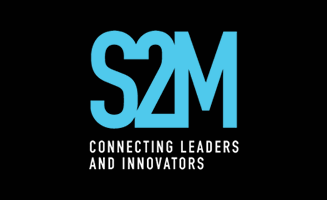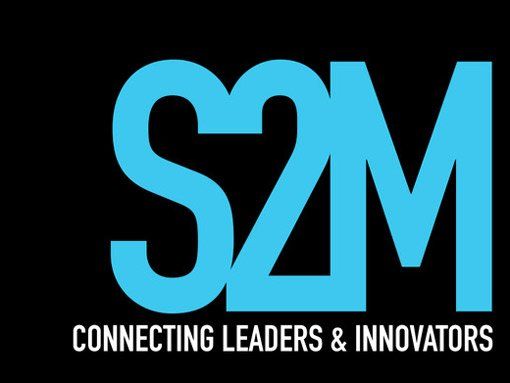How to troubleshoot issues in IT support like a Genius
IT support is one of those departments that you generally don’t want to see. Not because they’re not good people but because it means your equipment isn’t working and you’re out of action at work. If you can get to the end of a working day without any issues for your given piece of technology, you can consider it a good day. However, should an issue arise, being able to troubleshoot your own IT issue will make everyone’s life just that little bit easier.
Now, the ‘genius’ we refer to in the title is not the Einstein-like genius, but the very real job title used by Apple Store employees at the Genius Bar. These employees are given training in their technical skills, but this pales in comparison to the world class techniques they are given to troubleshoot issues related to tech products. So without further ado, here is how to troubleshoot issues in IT support like a Genius.
Have you tried turning it off and on again?
This phrase has come to epitomise IT support. Any viewer of the hit BBC series the IT crowd will attest to the fact that this is the first port of call for any troubleshooting call. While it can be seen as a patronising way to find what the issue is, the reason that it has become so common is because it is the defined starting point to troubleshooting. The first thing that any troubleshooting looks for is repeatability. If you can repeat the issue, you can tell that it is an issue that lies outside of the acceptable realm of technology. We all know that technology can be temperamental at the best of times, but if you can replicate an issue more than once you can make a note of when it occurs, and any major variables that go along with it.
This phrase has come to epitomise IT support. Any viewer of the hit BBC series the IT crowd will attest to the fact that this is the first port of call for any troubleshooting call. While it can be seen as a patronising way to find what the issue is, the reason that it has become so common is because it is the defined starting point to troubleshooting.
The first thing that any troubleshooting looks for is repeatability. If you can repeat the issue, you can tell that it is an issue that lies outside of the acceptable realm of technology. We all know that technology can be temperamental at the best of times, but if you can replicate an issue more than once you can make a note of when it occurs, and any major variables that go along with it.
Cutting the pie
The first and most important technique that you need to understand when troubleshooting an issue in IT is to recognise that all issues can be separated into one of four quadrants. These quadrants can often produce an almost infinite number of variables, but as long as the issue is recognised specifically enough, it may be resolved. This technique of deep diving into an issue is referred to as “cutting the pie”.
To start troubleshooting any issue, imagine a pie. Split this pie into four quadrants. For quadrants one and two hardware and software respectively. Label three and four environment and user. Within these four quadrants, almost every issue may be resolved.
The idea behind cutting the pie is being able to take an issue into two variables. Once you can eliminate one variable, the other variable must therefore apply.
On a long enough timeline, any issue can be resolved by simply eliminating variables. This can be visually represented as taking a pie, and imagining there is a nickel baked into it. By cutting away at the pieces and seeing it there is a nickel inside, you can eventually get to a piece small enough that you can be certain there is a nickel inside.
Using this method, you will find that many of your issues can be resolved without having to go to IT support. Of course, that is their job so feel free to utilise them if you don’t feel comfortable, but doing this can save you the time and hassle of having to find someone to look into the issue.





